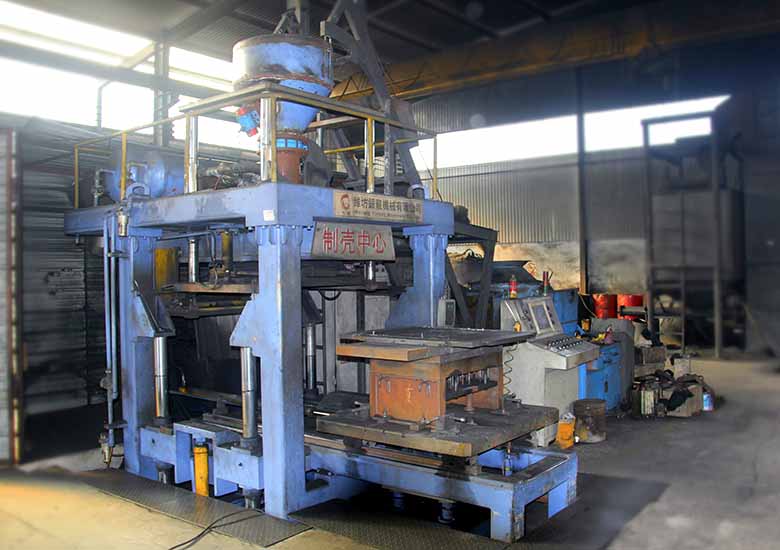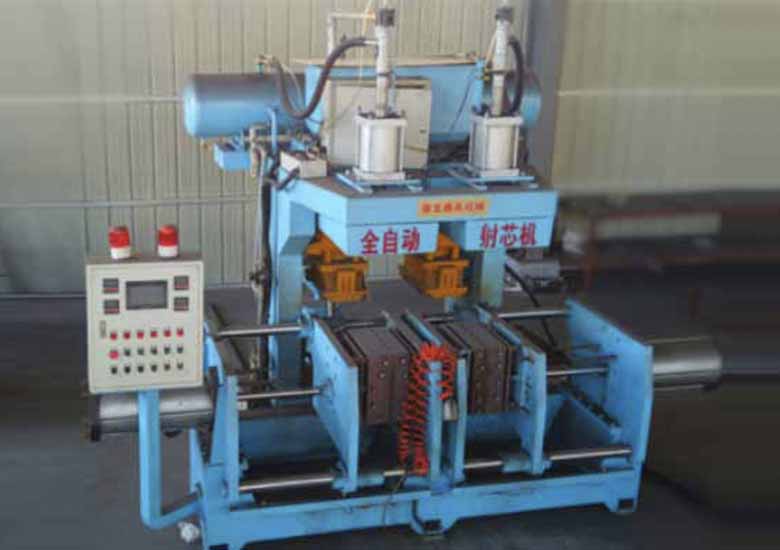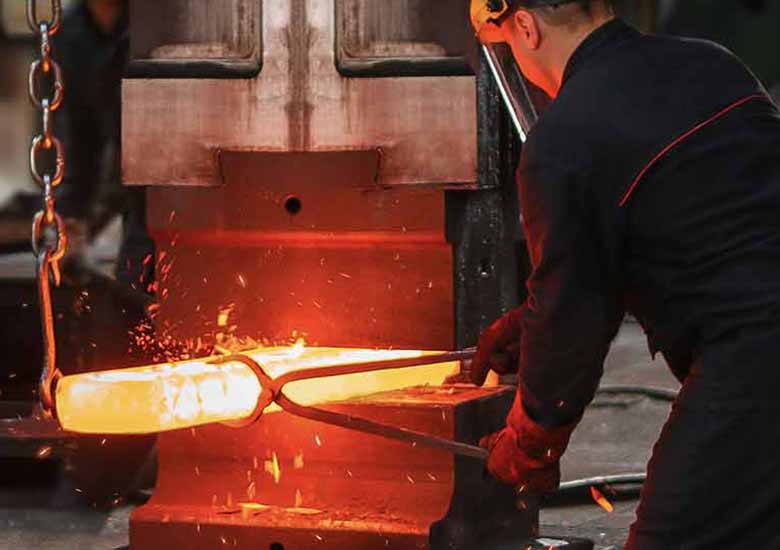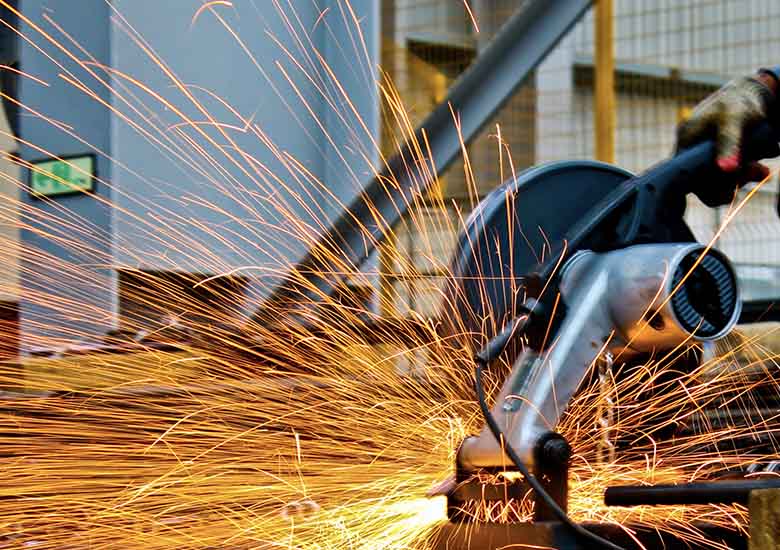What Are Alloying Elements
Cast iron's properties are changed by adding various alloying elements, or alloyants.
Next to carbon, silicon is the most important alloyant because it forces carbon out of solution. A low percentage of silicon allows carbon to remain in solution forming iron carbide and the production of white cast iron. A high percentage of silicon forces carbon out of solution forming graphite and the production of grey cast iron. Other alloying agents, manganese, chromium, molybdenum, titanium and vanadium counteracts silicon, promotes the retention of carbon, and the formation of those carbides. Nickel and copper increase strength, and machinability, but do not change the amount of graphite formed. The carbon in the form of graphite results in a softer iron, reduces shrinkage, lowers strength, and decreases density. Sulfur, largely a contaminant when present, forms iron sulfide, which prevents the formation of graphite and increases hardness. The problem with sulfur is that it makes molten cast iron viscous, which causes defects. To counter the effects of sulfur, manganese is added because the two form into manganese sulfide instead of iron sulfide. The manganese sulfide is lighter than the melt, so it tends to float out of the melt and into the slag. The amount of manganese required to neutralize sulfur is 1.7 × sulfur content + 0.3%. If more than this amount of manganese is added, then manganese carbide forms, which increases hardness and chilling, except in grey iron, where up to 1% of manganese increases strength and density.[5]
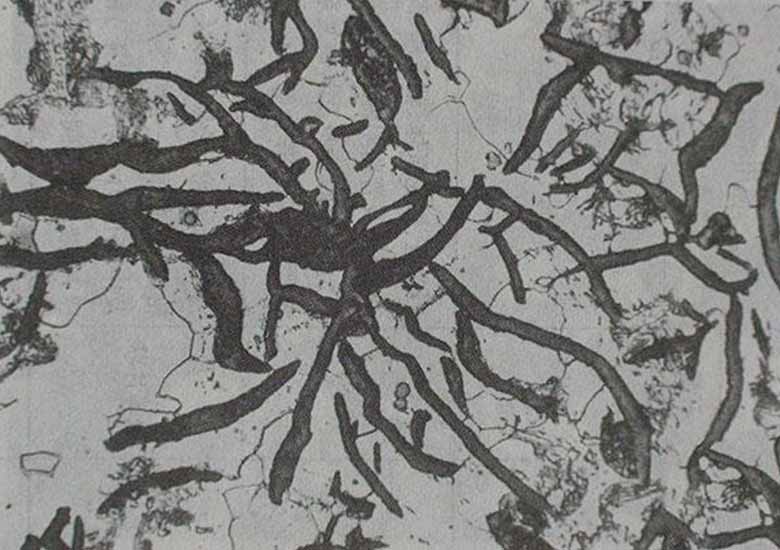
Nickel is one of the most common alloying elements because it refines the pearlite and graphite structure, improves toughness, and evens out hardness differences between section thicknesses. Chromium is added in small amounts to reduce free graphite, produce chill, and because it is a powerful carbide stabilizer; nickel is often added in conjunction. A small amount of tin can be added as a substitute for 0.5% chromium. Copper is added in the ladle or in the furnace, on the order of 0.5–2.5%, to decrease chill, refine graphite, and increase fluidity. Molybdenum is added on the order of 0.3–1% to increase chill and refine the graphite and pearlite structure; it is often added in conjunction with nickel, copper, and chromium to form high strength irons. Titanium is added as a degasser and deoxidizer, but it also increases fluidity. 0.15–0.5% vanadium is added to cast iron to stabilize cementite, increase hardness, and increase resistance to wear and heat. 0.1–0.3% zirconium helps to form graphite, deoxidize, and increase fluidity.[5]
In malleable iron melts, bismuth is added, on the scale of 0.002–0.01%, to increase how much silicon can be added. In white iron, boron is added to aid in the production of malleable iron; it also reduces the coarsening effect of bismuth.[5]

